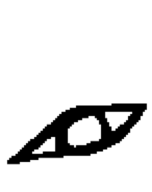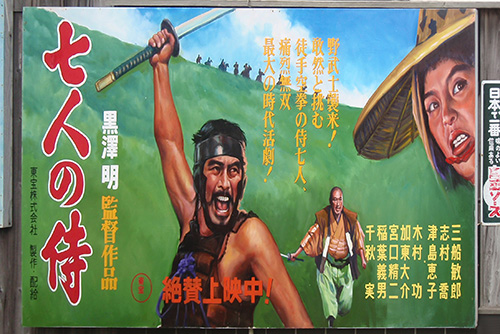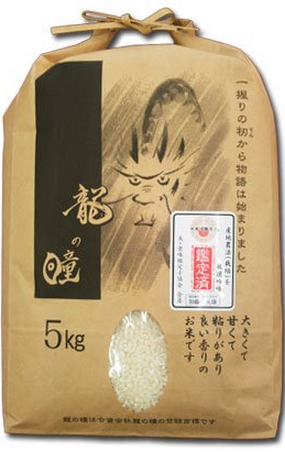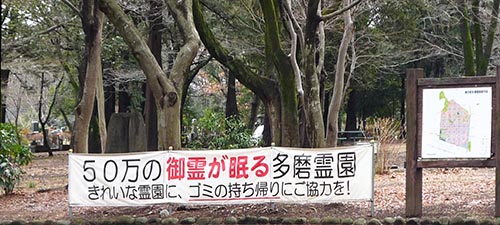109. The "Eye" Radical: 目 and 罒
To understand the "eye" radical 目, let's start by looking at the autonomous 目 kanji:
目 (72: eye; to look; point of view; aim; item; ordinal number suffix)
This shape, according to Henshall, depicts an eye tilted on its axis. That is, the original character was on a diagonal, much as in this LST seal–script version from Sears:

It's the shape that came first, so even though it's at an angle, the upright 目 is technically the one that's tilted!
The Primary Way of Writing the "Eye" Radical
As this radical moves around a kanji, the name and shape change. The "parent" radical (the primary way of writing this shape) is 目. We find it on duty in these kanji:
県 (273: prefecture)
着 (343: to put on (clothes), wear; arrive; suffix related to arrivals; adhere to; apply; settle down)
真 (514: true, real)
省 (516: government department; to conserve; self-examination; omit)
相 (530: appearance; mutual, each other; minister of state; emphatic verbal prefix)
督 (1665: to supervise, commander; urge)
Just as the 目 kanji has the Joyo kun-yomi of め, we can call this 目 radical め.

Photo Credit: Eve Kushner
In this poster for a famous movie, the white writing gives the director’s name: 黒澤明 (くろさわ あきら, in which the non-Joyo 澤 is the old shape of 沢). Our eye (!) goes to the yellow-orange bit underneath, which consists of these words:
監督 (かんとく: director)
作品 (さくひん: work)
That part simply means that Kurosawa directed the film. But the more important issue for us is that our radical sits at the bottom of the second kanji, 督 (1665: to supervise, commander; urge).
The movie title appears in red on the left:
七人 (しちにん: seven people)
侍 (さむらい: samurai)
Ah, The Seven Samurai!
As for the red-orange text across the actor’s chest, the 上映中 (じょうえいちゅう: on screen) means that the film is now in theaters, and the 絶賛 (ぜっさん: receiving high praise) indicates that it’s been well received.
The "Eye" Radical on the Left
When the 目 radical shifts to the left side of a kanji, the 目 grows skinny, as in these examples:
眺 (1591: to look at, look afar)
睦 (1949: intimate, friendly, harmonious)
瞭 (2134: clear, obvious)
In such cases we can call the radical めへん (目偏), which literally means "eye radical on the left side of a kanji."

This brand of white rice is called 龍の瞳, where the kanji break down as follows:
龍 (dragon), a non-Joyo kanji that corresponds to the Joyo 竜
瞳 (2079: pupil (of eye); eye; iris (of eye))
So we have “Dragon’s Eyes”! Indeed, the packaging features an intense-looking dragon.
A dragon is the god of water, and water is indispensable in the production of rice, so that’s the origin of this name, says Wikipedia. Also, the grains of this cultivar of rice (known as いのちの壱, in which 壱 has the yomi of いち) are the largest of all types of Japanese rice. They’re so big that they resemble a dragon’s eyes, says the same source.
Incidentally, look what has happened to the 目 in the 瞳. That radical has been stylized to look like an eye standing on its end!
The Variant 罒
The 目 parent has the variant shape 罒, which is called よこめ (横目: "sideways eye"). Though 罒 is not the on-duty radical in any Joyo kanji, it's a component in examples such as 夢 (1844: dream; vision) and 蔑 (2107: contempt, disdain, scorning; despising; ignoring). Those two characters share a top part that originally meant “large, red, inflamed eye of a goat,” which is to say “cannot see well”!
Before including 夢 and 蔑 here, I had to check their etymologies to be sure we were seeing radical 109 at all. The tricky part is that radical 122 (罒), the "net" radical, is a dead ringer.
For instance, take 罷 (1732: to dismiss, fire; quit, stop; emphatic verbal prefix). Some sources file this kanji under radical 109, but Kanjigen, Nelson, and Denshi Jisho all classify it under radical 122. And that makes sense to me because Henshall starts his etymology of 罷 by referring to the crownlike 罒 as "net."
The Eye Connection
It's natural to wonder what ocular meaning 目 contributes to kanji that legitimately have radical 109. In the following characters, 目 means "eye," making the whole kanji relate to "staring" or "gazing." (By the way, these and all remaining etymologies in this Radical Note come from the earlier edition of Henshall, unless otherwise indicated.)
直 (349: straight; to repair, correct, change, redo; immediately; direct; honest)
This character combines 目 (eye) with 十 (needle, direct, and pierce), yielding "direct, piercing stare." The L-shaped component, meaning "corner," was added later.
眼 (640: eye; insight)
The left side means "eye," and the right side means "to stop and stare." That right side also acts phonetically to express "round." Thus, 眼 originally represented "to stop and stare with round eyes," which is to say "wide-eyed." That eventually led to just "eye."
看 (827: to observe, see; look after)
The upper part represents "hand." The lower part means "eye." Together they mean "to place hand above eye," which refers to shading the eyes in order to gaze intently.
盾 (1375: shield; pretext)
The 目 shape here means "to look." The outer frame represents "shield." Thus, the character means "shield from behind which one looks out."
Photo Credit: Eve Kushner
The fourth kanji in this sign is one we've encountered:
直 (349: straight; to repair, correct, change, redo; immediately; direct; honest)
In this case it means "direct," appearing as it does in 直送:
岩船港 (いわふねこう: name of a port in Niigata Prefecture)
直送 (ちょくそう: direct delivery)
魚貝 (ぎょかい: marine products; seafood)
Thus, the sign promises direct delivery of seafood (including さかな: fish) from that harbor.
Eyes Closing
Our radical is also on duty in three kanji related to closed eyes. I'm talking about both shuteye (sleep) and eyes that quickly close in a wink or blink:
瞬 (1372: moment; to blink, wink; twinkle)
According to Henshall in his newer edition, an earlier form of this shape combined 目 (eye) with 矢 (arrow). In that context, the 矢 indicated "rapid movement," so the ideograph represented "rapid eye movement," which is to say "to blink."
睡 (1459: to sleep, doze)
This kanji combines 目 (eye) with 垂 (to sag down). Overall, says Kanjigen, 睡 means "to sleep with one's eyelids sagging down" and has the nuance "sagging down."
眠 (1842: to sleep, rest)
Kanjigen says that originally the 民 component referred to slaves who were intentionally blinded so they wouldn’t escape. That meaning persists in 眠, as this character means “to sleep with closed eyes.” In a sense, someone with closed eyes is blinded.

Photo Credit: Lutlam
In this banner at a Tokyo cemetery named 多磨霊園 (たまれいえん), our radical appears in the last bright-red word:
眠る (ねむる: to sleep)
The sign tells us that 500,000 spirits are "resting" at this cemetery. The top line also contains these terms:
50万 (ごじゅうまん: 500,000)
御霊 (みたま or ごりょう: spirit of a deceased person)
The next line breaks down as follows:
きれい (clean)
霊園 (れいえん: cemetery)
ゴミ (trash)
持ち帰り (もちかえ り: carrying home)
協力 (きょうりょく: cooperation)
To keep the cemetery clean, please cooperate by carrying home your trash.
Photo Credit: Eve Kushner
The yellow dog looks as if it can see quite well, so you might be puzzled to find this kanji leading off the text:
盲 (1852: blind, blind person)
The donation container is for an organization called アイメイト or Eyemate, which trains seeing eye dogs, as these words indicate:
盲導犬 (もうどうけん: seeing eye dog)
育成 (いくせい: training)
Incidentally, 盲 breaks down as 目 (eye) + 亡 (to die), which collectively mean "to cease to exist," a reference to the eyes. If you have "no eyes," you're blind.
